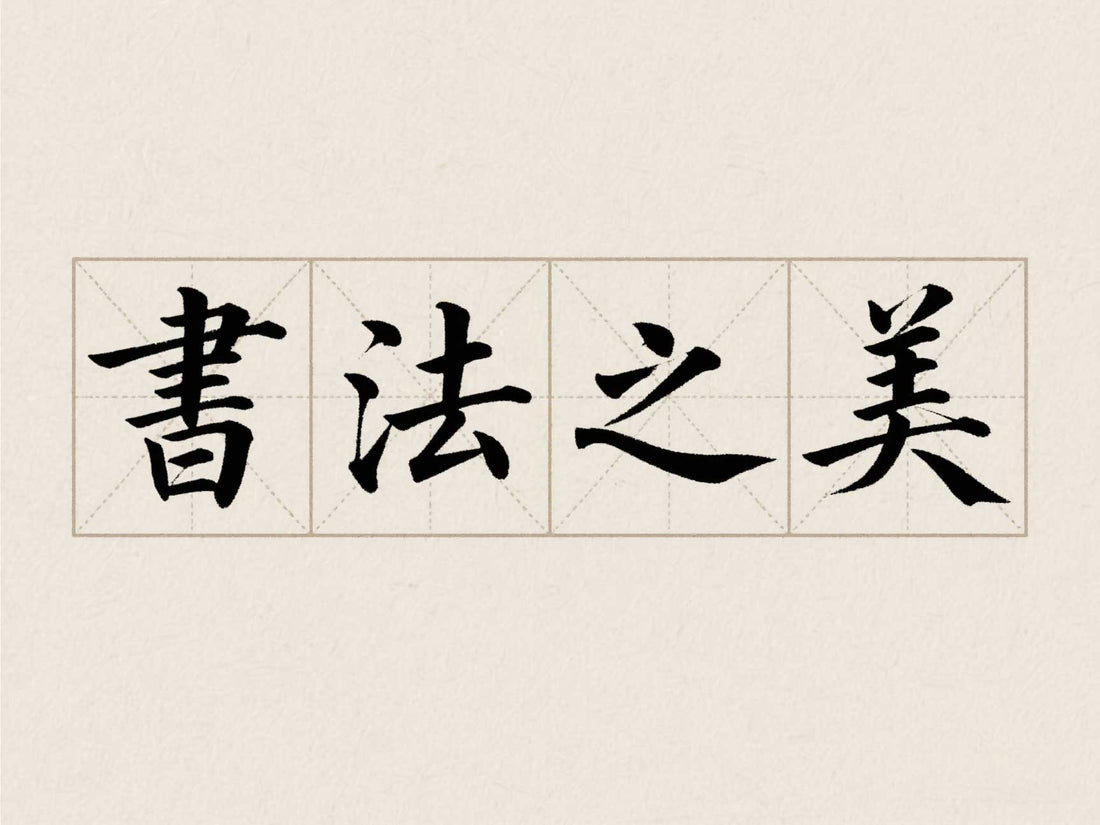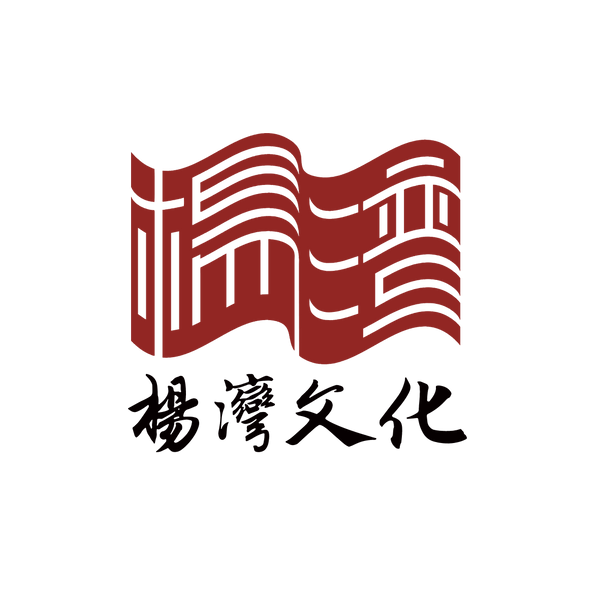
The beauty of calligraphy
Share
Calligraphy carries the genetic code of 5,000 years of Chinese civilization and is the ultimate proof of the leap of Chinese characters from practical symbols to an art form.
It is a ritual that transcends time and space - when the pen touches the paper, the writer drinks from the Qushui Liushang with Wang Xizhi, feels grief and indignation over his nephew's manuscript with Yan Zhenqing, and feels free and easy as Su Dongpo tours Chibi at night. Every stroke of the brush is like the way the butcher cuts up an ox: it looks like writing characters, but in fact it is taming time with brush and ink, carving the understanding of the rhythm of life on paper and silk.
The bronze inscriptions in seal script are engraved with the majesty of the patriarchal system, while the wave-like strokes in official script burst out with the powerful force of the Han Dynasty's expansion of territory. The upright and rigorous structure of regular script is in line with Confucian order, just like the Suzaku Street in Chang'an City that runs through the north and south; and the ink marks and flying white of running and cursive scripts are the declarations of freedom by the celebrities of the Wei and Jin Dynasties who tore up the rules and reassembled them in the bamboo forest.
This art never surrenders to pure visual aesthetics. Dong Qichang bluntly said in "Painting Zen Room Essays": "To write, one must obtain the yin and yang energy of heaven and earth." The thickness of the brush and ink corresponds to the interaction between heaven and earth in the "Book of Changes", and the density of the characters echoes the layout of the landscape painting. When contemporary calligraphers splash ink on rice paper and write cursive script, they are actually transforming the twisting power of Tai Chi into a visual flow of energy.
More profoundly, calligraphy has always been a mirror of the literati’s character. Zhao Mengfu's mellow brushstrokes conceal the compromising wisdom of the Song Dynasty's remaining ministers, while Fu Shan's branched lines represent the spiritual resistance of the Ming Dynasty's survivors to the present world. Those trembling flying white and stagnant ink often record the writer's heartbeat more honestly than history books.
In an age where digital technology is swallowing up handwriting, the unpredictability of ink smearing on rice paper is like a rebellion against algorithmic control. The warmth of the brush and the breath of paper and silk have become spiritual anchors for modern people to re-perceive "materiality" - this may be the ultimate meaning of calligraphy that has remained alive for thousands of years: it is not only art, but also a philosophy of survival that uses pen and ink to rebuild the connection between people and the world.
